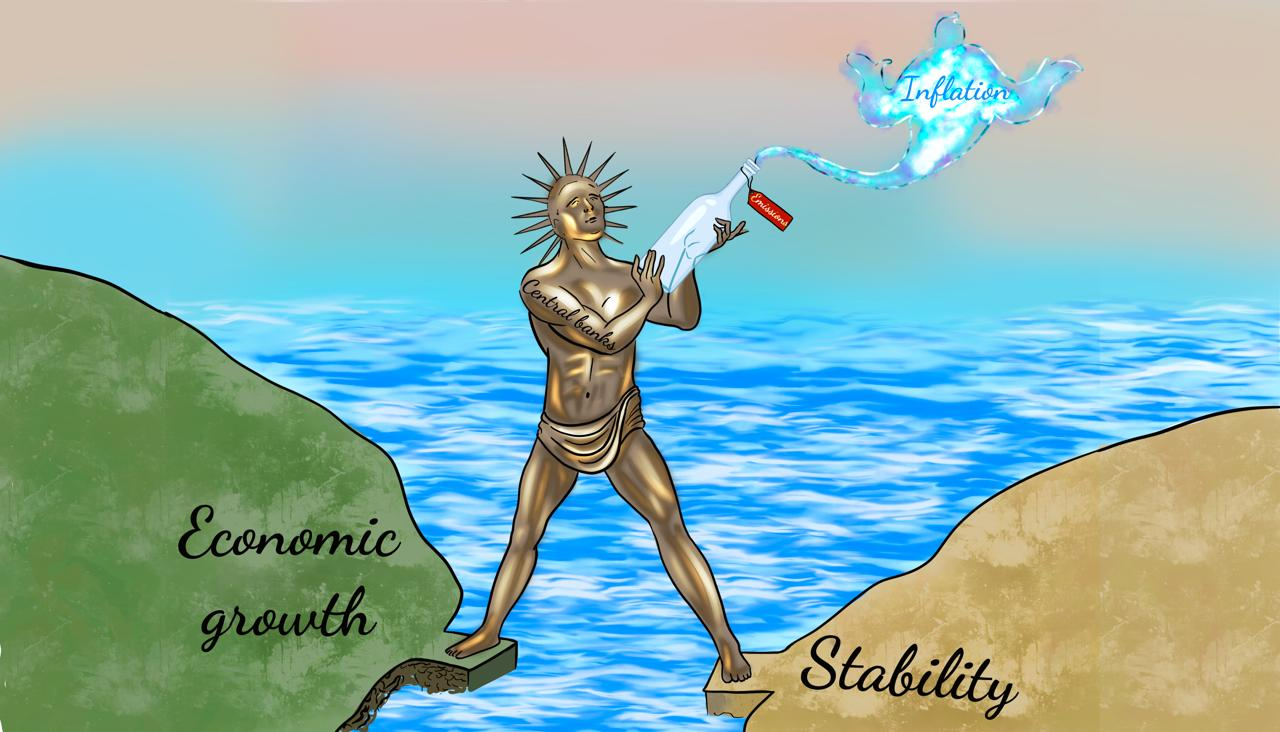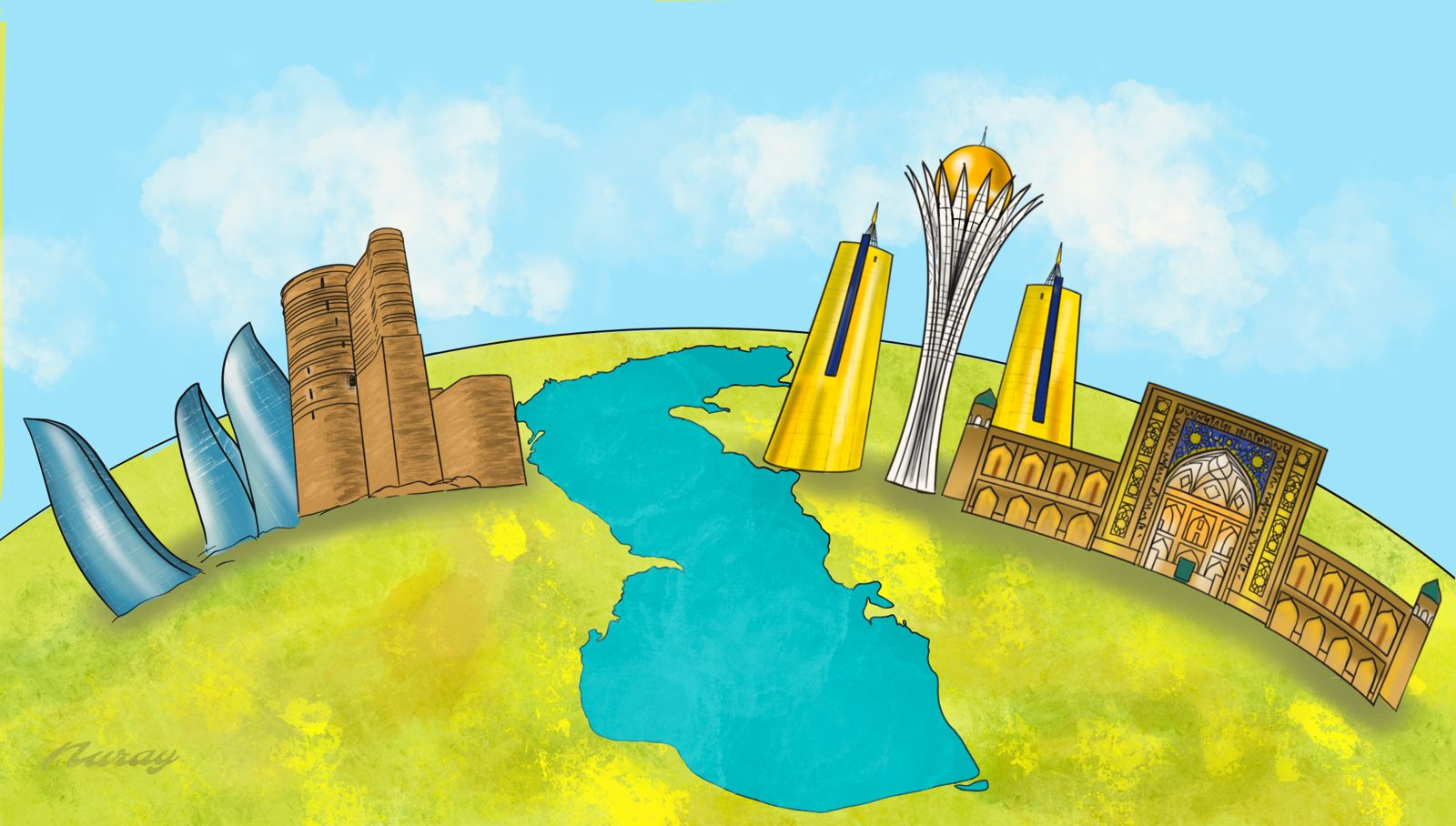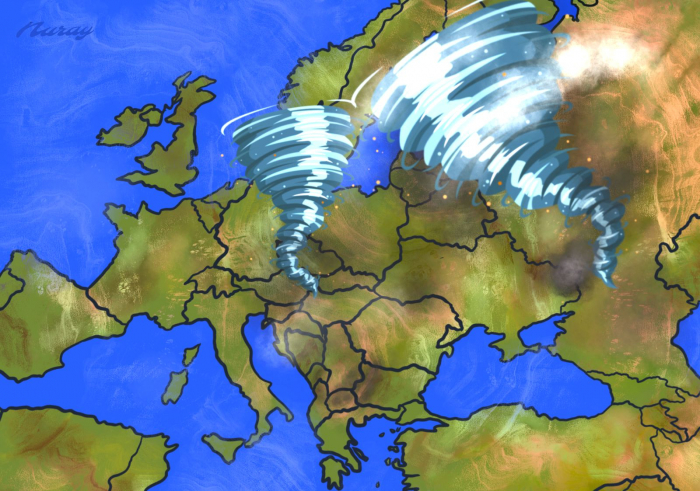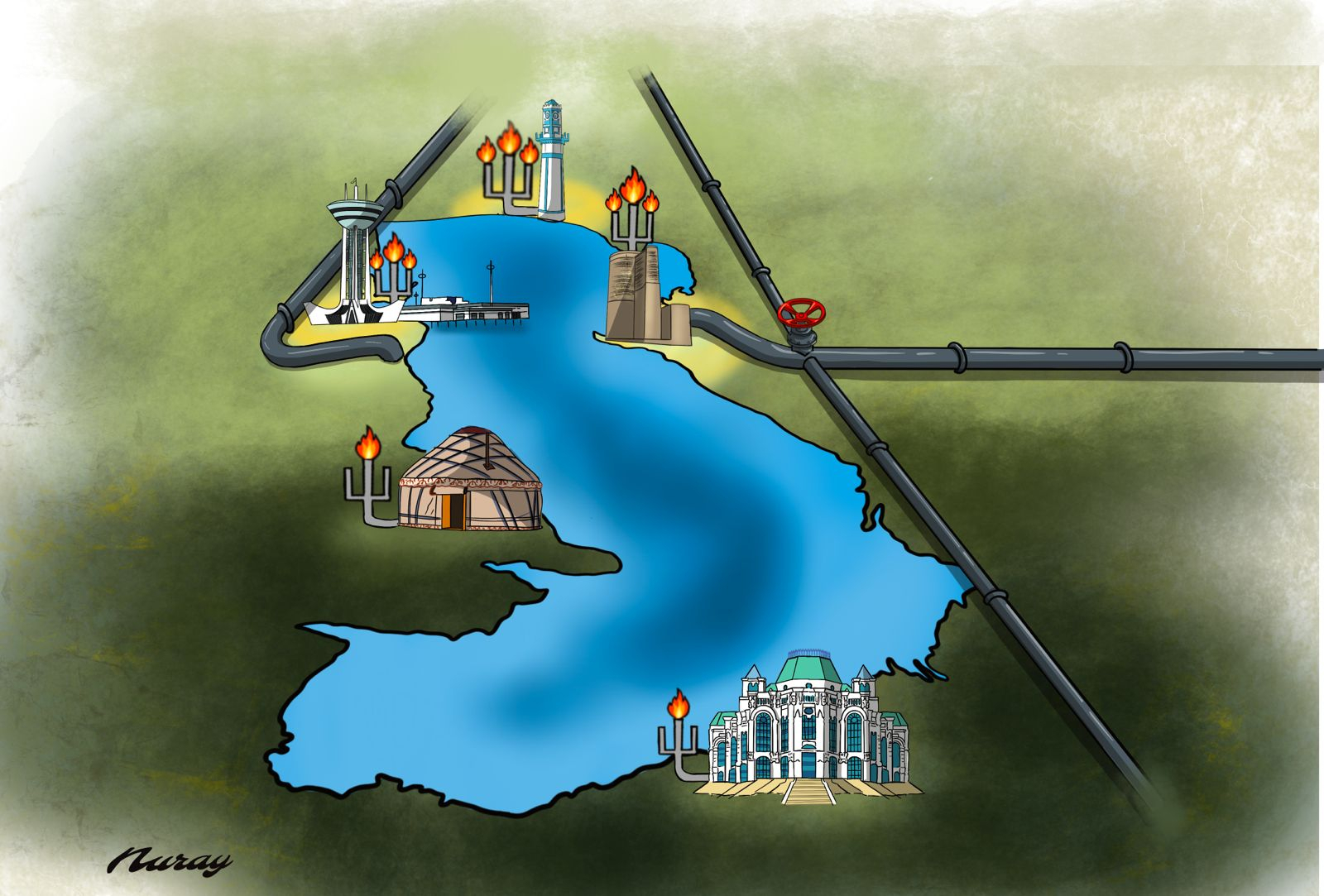-1728294271.jpg)
| The Analytical Group of AzVision.az |
The Nucleus of Green Future | Long Read // Crisis requires bold thinking |
|
H
umanity is stepping
into hard times. The world’s demand for water has never been this high. The
global population is using 8 times more water than it used to a hundred years
ago. One would argue that water is a renewable resource, but it takes time to… well,
renew. The demand for water in territories, home to over a half of the global
population, exceeds the rate of its renewal, which translates into a crisis. Rapid population
growth, urban development and inefficient management of water resources are all
adding fuel to the controversy. Lifestyle inflation also leads to an increase
of water consumption. Although it would be unwise to ban living a comfortable
life, one must also keep in mind that backyard pools, trees and lawns all mean
water demand. Producing a glass of beer requires 300 glasses of water. We use
20 litres of water for a single shower. Doing the laundry takes up to 130-150
litres per wash. As the standard of living increases, people tend to shower and
change their clothes every day. But it is not only the standards of people that
are increasing. Their number is also on the rise. Crisis knocking on the door
The UN forecasts the Earth population to exceed 9
billion by 2050. This means a 70% increase in water demand and 20% for food.
The problem is that food sequentially also means water. For example, producing
a kilogram of grains requires 15,000 litres of water . The cultivated lands
have doubled in the past 50 years and the figure continues to grow. If the
water resources of the planet are divided equally, everyone would get 750 cubic
metres of water a year. The number will drop to 450 in 2050. |
||
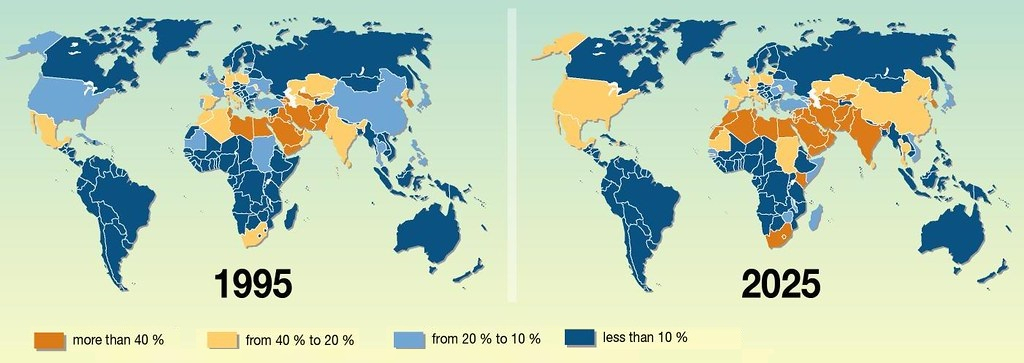 |
||
| Water availability decreases over the past 30 years |
The crisis will only worsen without
action: by 2030 approximately 5 billion, 67% of global population, will not
have access to clean water. 80% of countries will live in what the UN has
termed ‘water scarcity’. Azerbaijan is one of them.
The World Resources Institute
reports that Azerbaijan is already among 13 countries with the gravest water
situation. The interactive water map, designed by the University of Utrecht
in Netherlands and US scientists, depicts the zones where demand for water is
higher than its rate of recovery. |
|
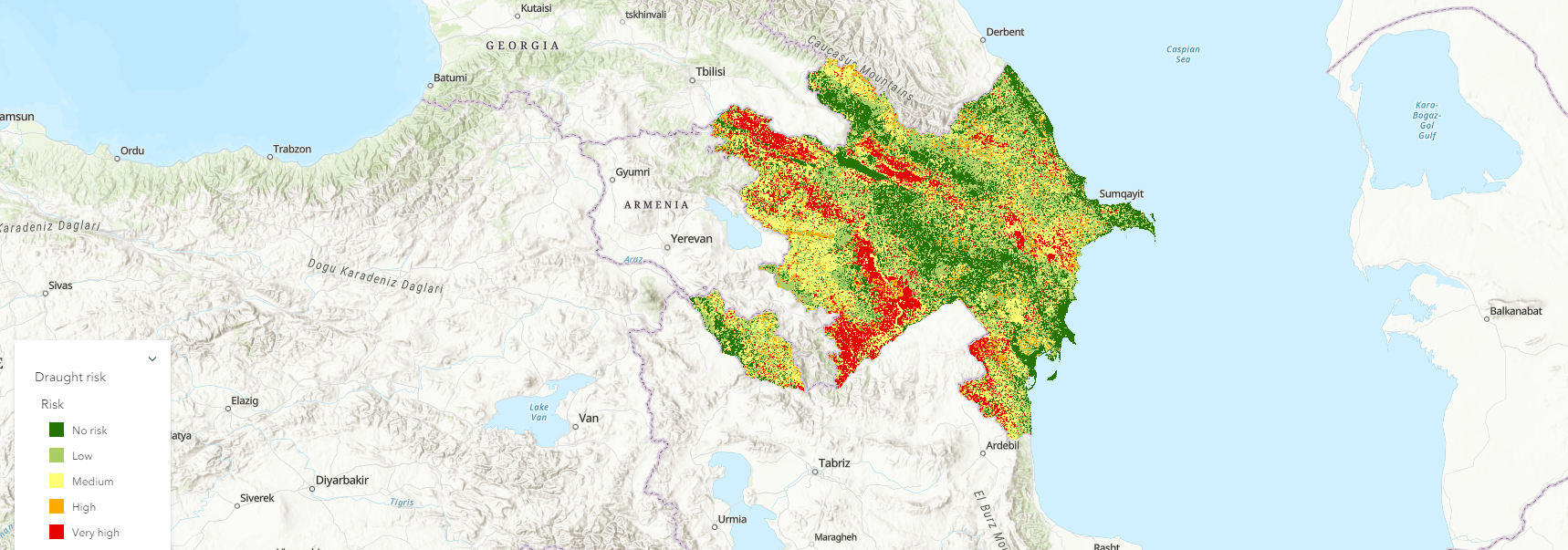 |
||
| 15% of Azerbaijani territories are under high risk of droughts |
Azerbaijan has been monitoring the state of water resources in the country through satellites. The images taken from space shows that 15% of the country suffers from extremely high risk of droughts, 8% from high risks and another 28% from moderate risks. 6% of the country is in high and 15% is in moderate risk of desertification.
Monitoring conducted since 2017 reports that the mountain glaciers in Azerbaijan are gradually decreasing, which are crucial reservoirs of drinking water.
Climate warming is apparently
causing glaciers to melt faster in spring, thus reducing supplies and bringing
about floods and landslides.
One degree increase in the temperature across the planet translates to a 20% shrink in drinking water resources. Preventing global warming has turned into an existential problem for the humanity. But we are only able to reduce the anthropogenic effects we have caused. We, in no way, can alter the cycles of the planet. |
|
 |
||
| Rate of melting glaciers in the Caucasus Mountains in 2017-2023 |
In any case, we must learn to live
with imminent water scarcity. So, what can we do about it? The options are not
plenty. 1. Reduce water losses 2. Reuse wastewater 3. Desalinate sea water 4. Switch to less water-intense
methods in agriculture. Most water-consuming fields are agriculture
(70%) and industry (19%). We have elaborated on some of them in The Liquid Problem
longread, while we would now like to go into deeper detail on both. The Sea Route Only 30% of Azerbaijan’s water
resources originate within our territories, 70% arrive from without, which
creates dependence on the water policies of our neighbours. Ramiz
Kalbiyev, associate professor, head of the department of energy efficiency
and green energy at Azerbaijan Technical University explained in his interview to AzVision.az that desalinating sea water could
be one of the ways to change the situation. |
|
| Ramiz Kalbiyev: Desalinating sea water requires huge quantities of energy |
The Earth is also called the Water
Planet. In fact, this blue planet does not have any water problems, the problem
is the salinity of it. 177 countries around the world are currently
operating over 20,000 plants to desalinate ocean and sea water. Every day,
they freshen the volume of an average flow of Niagara Falls. Some island
countries, such as the Bahamas, Maldives and Malta, are thus fully covering
their water demand. Saudi Arabia with a population of 34 million provides
for a half of its drinking water needs through the ocean. The Rabigh 3
station built by ACWA Power desalinates 600,000 cubic meters, in other words, 6
million litres of ocean water a day. this is the largest facility in the world.
The sea covers 15% of drinking and
50% of technical water demand in Israel. Both the number and efficiency of sea water
desalinating stations will be on the rise quite soon. Countries such as Japan,
China, and India are working on mega-facilities that will process over 1
million litres of water daily.
A litre of ocean water contains 35 grams of salt,
while drinking water should contain less than 1. Since the Caspian Sea
salinity level is several times lower than that of the ocean, it will be easier
and cheaper to desalinate. |
|
| Rabigh-3 – one of the largest desalination plants in the world |
There are two current approaches to
desalinate sea water which are distillation and membrane (filtration)
methods. There are also chemical, freezing and electrolysis procedures, but
they are not widely applied on an industrial scale. Distillation – evaporating
and then recondensing water – is the oldest of these methods, which was
described by Aristotle back in his time. Some plants are hybrid, meaning they
can employ both distillation and filtration methods simultaneously, such as the
Ras-al-Khair (1,036,000 cubic metres per day) in Saudi Arabia and Fujairah-2
(591,000 cubic metres) in the United Arab Emirates. They produce both water
and electricity (2,400 MW and 2,000 MW respectively). 10-15% of all desalination plants
around the globe are also power plants, which is quite logical. Thermal and nuclear power plants
require water as a cooling agent, which is then evaporated as steam. This means
it can be then distilled and purified. At the same time, Thermal Power Plants
(TPP) are adding vastly to the environmental pollutions, which means there
will be no place for them in the new green world. They are gradually ending
their life cycle. NPPs, on the other hand, are entering a new stage of
development. Atom for Water
Russia’s Rosatom offers its
partners to build NPPs, capable of desalinating 170,000 cubic metres of sea
water daily, on top of its main operational functions. The main issue,
however, is not the hybrid technologies, but the energy source. Any seawater
desalination plant requires electricity to operate. Alternative energy sources
do not prove useful, as the plant must be operational despite the sunless and
windless weather. TPPs cannot also be a solution, as burning gas to produce
pure water would not necessarily count as a smart choice. The best and most
feasible option is to build a Nuclear Power Plant. |
|
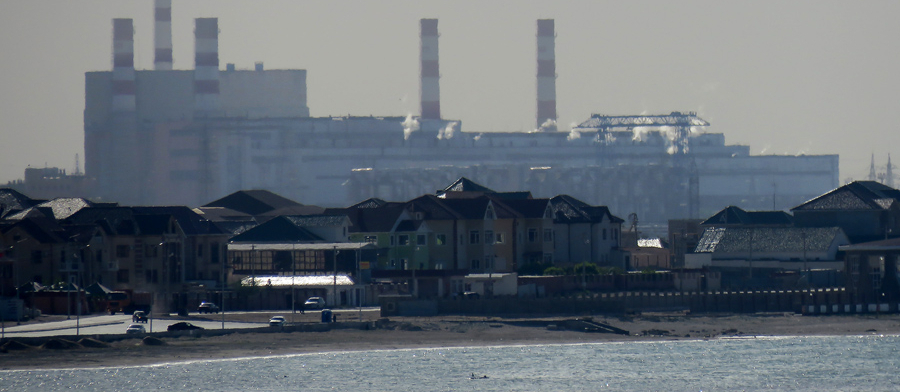 |
||
| The NPP in Aktau used to also desalinate the Caspian Sea waters |
Interestingly, the Caspian coast
has already been home to such experiment. The Soviet Union built a nuclear
plant in Shevchenko (now Aktau) in Kazakhstan in 1967 to desalinate sea water.
The BN-350 reactor produced 120,000 cubic metres of water and 150 MW
electricity daily. The station was a success for 35-40 years and completed its
service life. Similar facilities operated in Israel (Ashdod) and the USA
(Southern California) in the 80s. Azerbaijan absolutely needs to
desalinate sea water, because the Caspian Sea is the only water source in
the Absheron. Pumping water from the districts to the peninsula would not
be a practical method, because it would, first and foremost, disturb the
water balance in those districts. Secondly, the rural population is growing
with industries and agriculture on the rise in the districts, which translates
to a bigger water demand. The smartest solution would be to build desalination
plants for the Caspian and an NPP that would supply them with energy. These circumstances make founding
and developing nuclear energy in Azerbaijan the demand of the times. The
neighbouring countries – Russia, Türkiye, Iran, and Armenia – already have
nuclear power. Azerbaijan has never before felt a seriously practical need for
nuclear energy as we boast plenty of fossil fuel. But the current demand for
desalinating sea water is changing the situation.
Islam Mustafayev, correspondent member at the Azerbaijan National
Academy of Sciences (ANAS), General Director at the Institute of Radiation
Problems and Doctor of Chemistry, says in his interview to AzVision.az that the countries with opposing views on nuclear
reactors are reconsidering their positions. |
|
| Islam Mustafayev: It will be too late to do anything when we run out of water… |
‘Rafael Grossi, General Director of
the International Atomic Energy Agency (IAEA) says the countries that switch
to renewable energy may face instability, because the field does offer
opportunities, albeit very limited. The weather may not be
favourable, for example. These instances introduce a need for a more reliable
source, where nuclear energy comes to play. Grossi reported that countries have
allocated trillions of dollars to reduce the impact of greenhouse gases on
climate change. If a small portion of the amount is spent on ensuring
safety, countries can develop reliable nuclear energy, which will become a
very reliable source both for energy consumption uses and desalination of sea
water. It poses very few negative effects for the environment. Water
desalination, on the other hand, is a huge energy intensive field’, Mustafayev
explains. Professor reminds that they had
decided to build a nuclear plant in Navai, Azerbaijan in mid-1970s. they had
even laid the foundation of the reactor at the time. The 17 cottages built
for the staff are still there. The project was frozen after the Chernobyl
incident.
Therefore, building a nuclear plant can play a major
role in solving the water problem. Desalinating sea water is also crucial to
maintain water balance in the country. Absheron does not have sources of
drinking water, but it has the Caspian Sea. Pumping water from other districts
will disturb the water balance around the country. Spain followed the same
logic, when they decided to keep the Jucar River waters for the local
population and start desalinating the water in the Valencia Bay. Spain is
currently thus covering 9% of its water consumption. |
|
 |
||
| The Spanish desalinate the waters in the Gulf of Valencia to preserve the Jucar River |
Furthermore, transporting water
over long distances, especially through open channels, entails losses.
But obtaining water does not suffice. The priority is to use it correctly in
megacities like Baku. ‘Green Building’ Urban infrastructure and planning
are very important in terms of water resources management. The field is in need
of serious innovations. For instance, the ‘sponge city’ urban planning
concept is quite popular in China. This model allows collecting and reusing
over 70% of rainwater.
‘Unfortunately, there is no
certification system for ‘green buildings’ in the country. Economizing water
consumption requires changing established thought patterns. Car washes around
the country, for example, still use drinking water, while the practice
abroad is to reuse filtered water for carwash. We must absolutely
adopt the experience in Azerbaijan and oblige carwash owners to save water. You
do not need to be an expert to see that car washes in Baku consume a
huge amount of water daily’, he explains. |
|
 |
||
| The Concept of the future: Sponge cities |
The water pipes in Tokyo are 20,000
kilometres long, which is half the length of the equator. The water loss along
these pipes, which provide water to a population of 13 million, is as low as
3%. For comparison, the same number can reach up to 20% in London. Saving water, desalinating sea
water, updating water infrastructure and restructuring water policy must all be
implemented simultaneously to achieve a sustainable result. Be that as it may,
the most important change must happen in the mindset. Conclusion Water, food and energy are
interrelated resources,
which is why they are managed by the same ministry in some countries. The
Thirsty Energy program launched by the World Bank also envisages a joint
approach to water, energy and food resources. As seawater desalination
becomes more urgent, this approach grows even more crucial, because we will not
be able to get what we need from the sea without the nuclear energy. Sea
water can also become a source of numerous minerals which can prove to be an
additional bonus for the industry in the future.
Antoine de Saint-Exupery famously
wrote in his Little Prince: ‘When you’ve finished washing and dressing each
morning, you must tend your planet.’ It was easy for the Little Prince to do;
he was the only inhabitant of his planet. It gets more difficult on a planet,
which is home to eight billion. But if everyone starts with themselves, their
own house, city and country, we might find ourselves capable of tending to our
entire planet. |
|








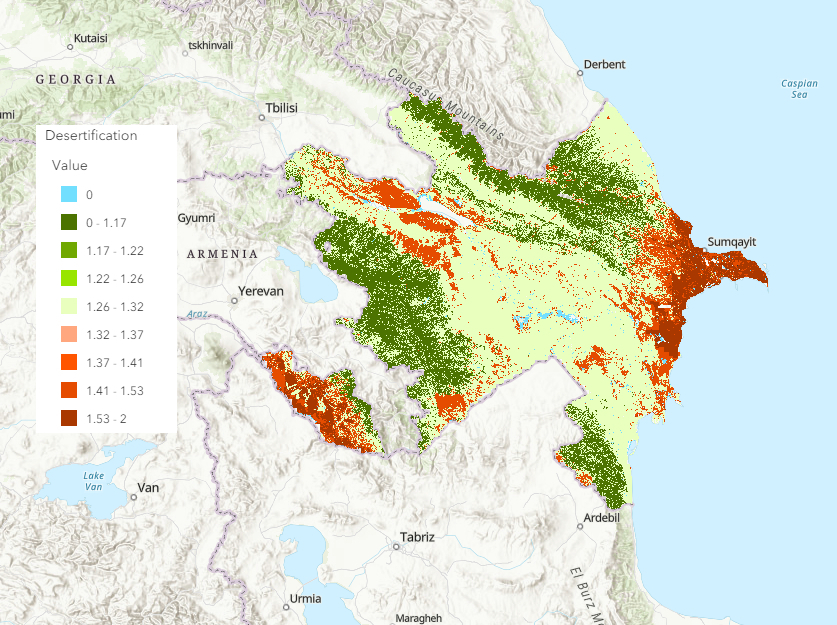
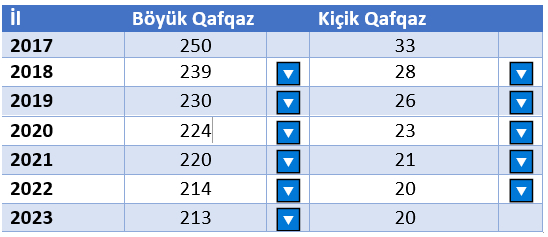
 Our neighbouring countries don’t
have it better. Aizhan Skakova, candidate of geographical sciences,
environmentalist, and MP at the Majilis of the Republic of Kazakhstan explains
in
Our neighbouring countries don’t
have it better. Aizhan Skakova, candidate of geographical sciences,
environmentalist, and MP at the Majilis of the Republic of Kazakhstan explains
in 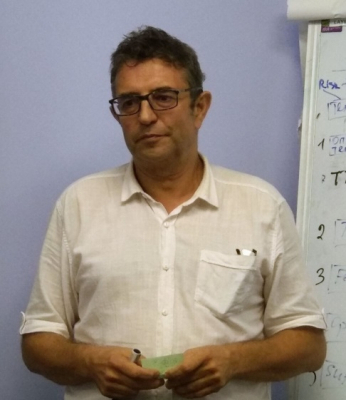



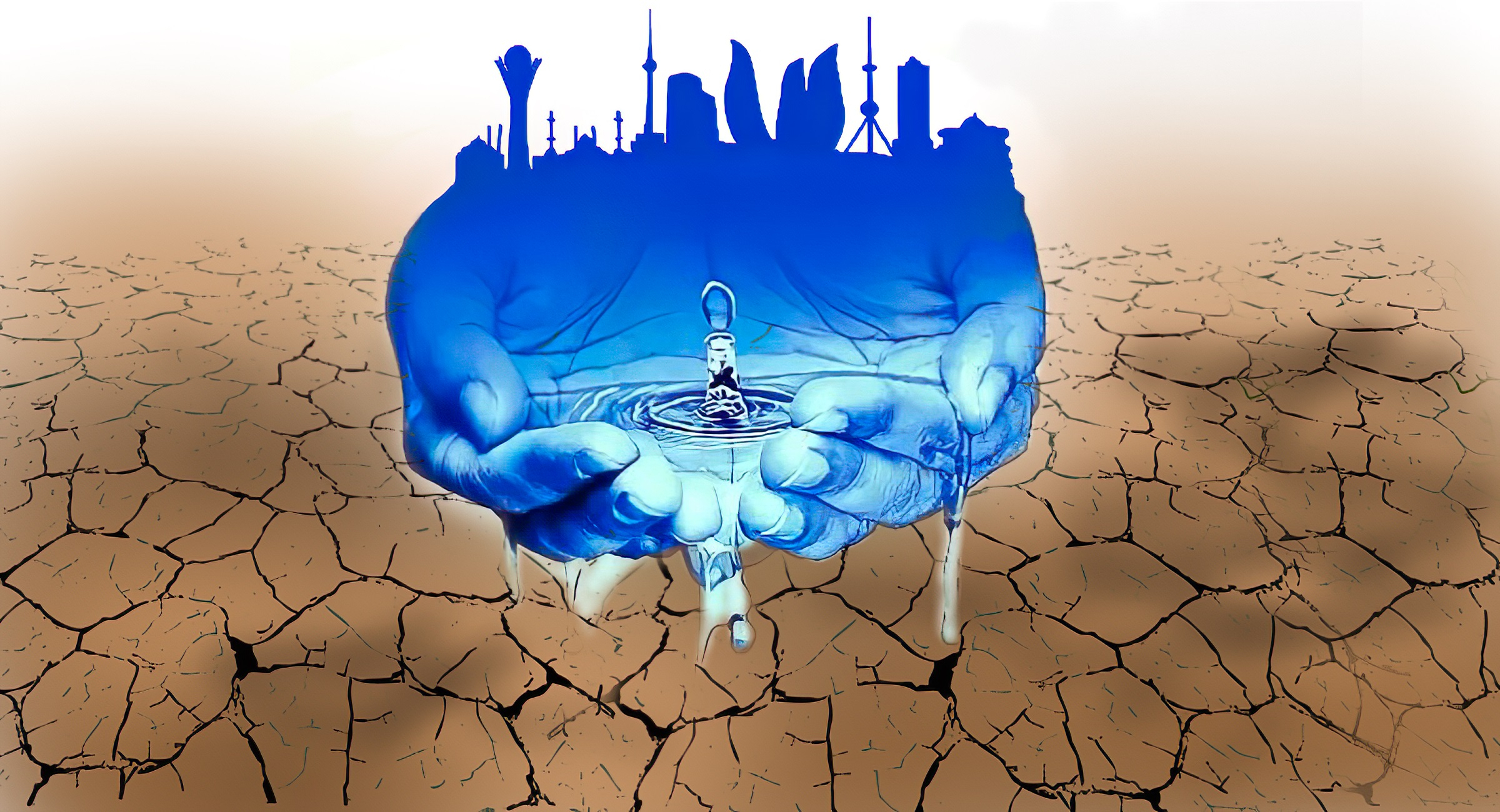
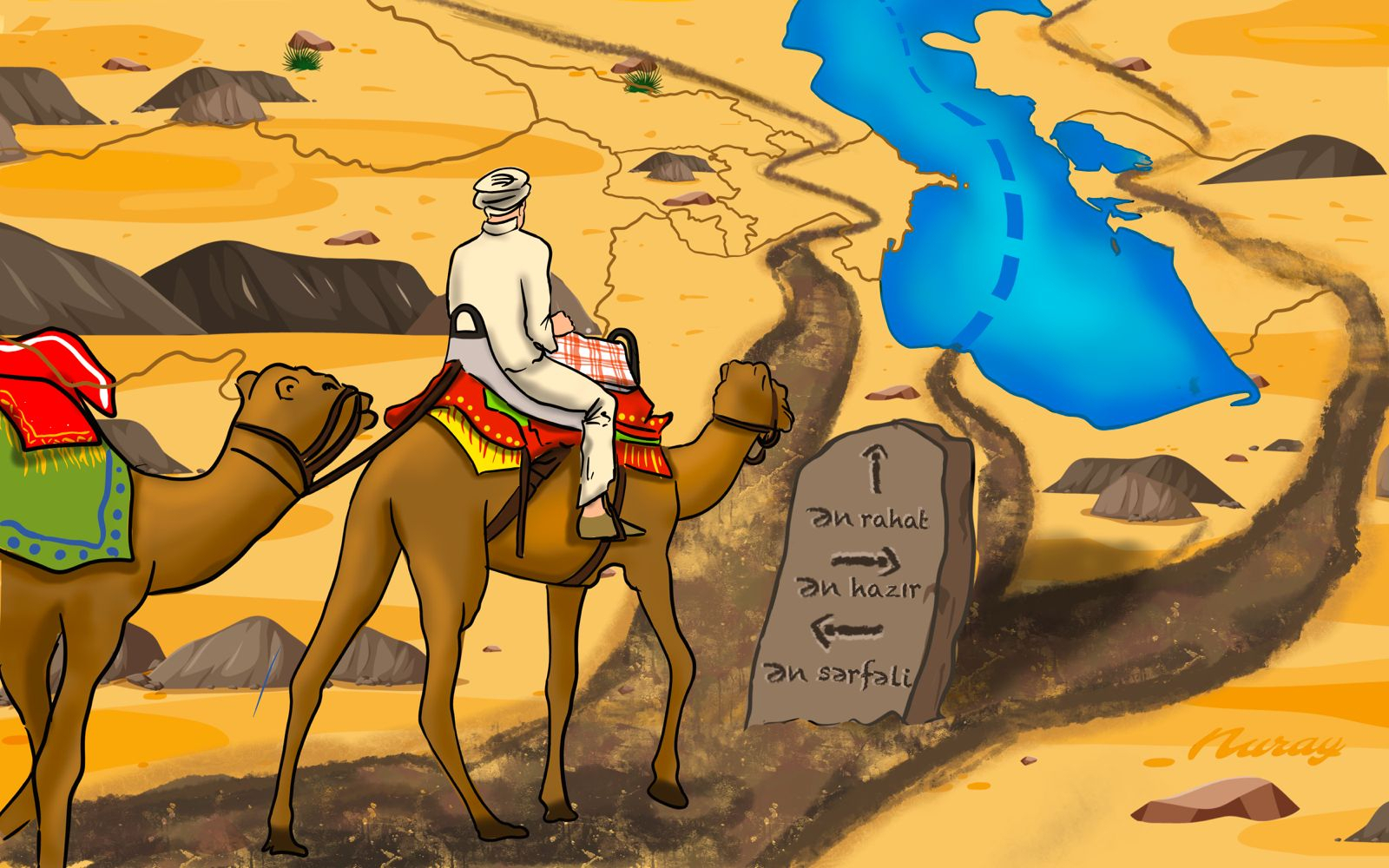

-1680010126.jpg)



